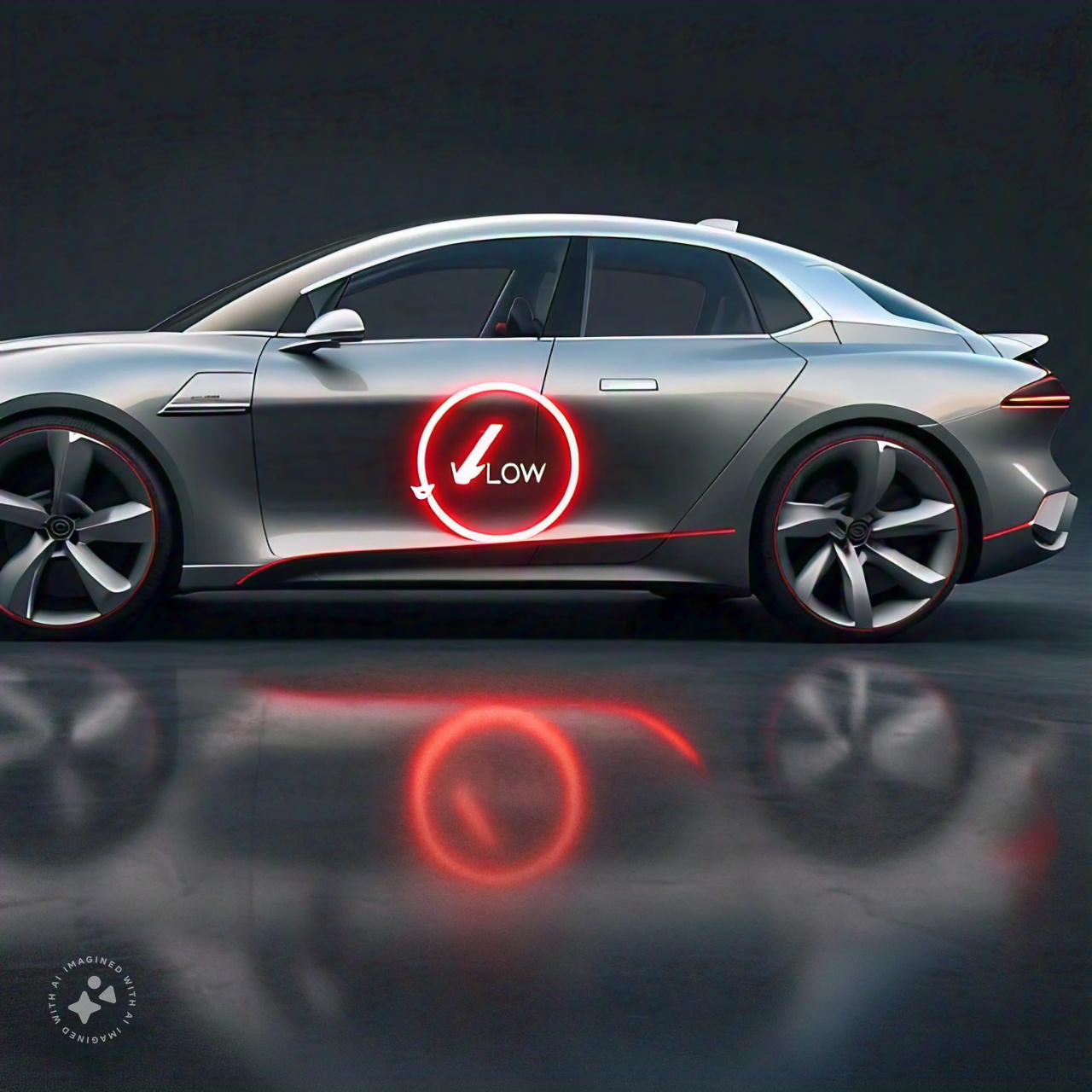November 4, 2024

Why Does My Electric Vehicle Charge slow? is a common question in the EV industry. According to statistics, 43% of EV drivers are concerned about their EV charging speed and battery duration source. If you’ve ever wondered, “Why does my electric vehicle charge slow?” you’re not alone. There are several factors that can impact your EV’s charging speed.
The charging capacity of an electric vehicle refers to how much electrical energy the charger can provide and how much the car’s battery can handle. This is usually measured in kilowatt-hours (kWh). The average EV charger can deliver around 40 kWh, but some advanced models go up to 100 kWh. If your car is not equippedto handle the maximum output of the charging station, your charging speed will be significantly slower. For instance, connecting a 40 kWh vehicle to a 7.6 kWh charger will obviously result in slow charging. For more detailed insights on EV charging capacities, check out this EV Charging Guide.
Your EV’s State of Charge (SoC) plays a crucial role in determining its charging speed. EV batteries charge faster when the SoC is low. For instance, a battery that is 20% charged will typically charge faster than a battery that is 80% charged. This is because as the battery nears full capacity, the Battery Management System (BMS) reduces the charge rate to protect the battery from damage. The phenomenon is quite similar to filling a glass of water — you start off fast, but as you approach the brim, you slow down to avoid spillage. It’s generally advised to charge your EV to 80% daily for optimal battery health.
Public EV chargers often have multiple outputs to accommodate several vehicles at once. If multiple EVs are charging simultaneously, the available power is split between them, causing slower charging speeds. Opt for a public charging station with only one output or consider installing an EV charger at home to avoid waiting for other vehicles to finish charging. You can find more information on home EV charging stations here.
Not all charging stations are the same. The speed of charging varies between Level 1, Level 2, and DC fast chargers. If you’re using a Level 1 charger, the slowest option, it could take up to 20 hours to fully charge your EV. A Level 2 charger, on the other hand, can reduce this time to about 4-8 hours, while a DC fast charger can fill up 80% of your battery in less than 30 minutes. It’s essential to choose the right type of charging station based on your vehicle’s specifications and your time constraints. Learn more about the types of EV chargers here.
Your driving behavior can also influence the time it takes to charge your EV. Frequent stops, quick acceleration, and high speeds can drain your battery more quickly, meaning you’ll need to charge it more frequently. However, if you practice efficient driving techniques, such as maintaining a steady speed and avoiding rapid acceleration, your battery will last longer and charge more efficiently. For additional tips on optimizing driving behavior to extend battery life, visit this resource.
If you’re tired of the slow charging speeds at public stations and want a more reliable solution, ReadiCharge is here to help. ReadiCharge offers affordable EV charging installation services near you. Our licensed, insured, and background-checked electricians will ensure that your home EV charger is set up quickly and efficiently. All you have to do is download the ReadiCharge app, and within seconds, you’ll be connected to a local electrician. Save time, avoid the guesswork, and ensure your EV is charged up and ready to go when you need it!
© 2025 ReadiCharge, LLC. All Rights Reserved.